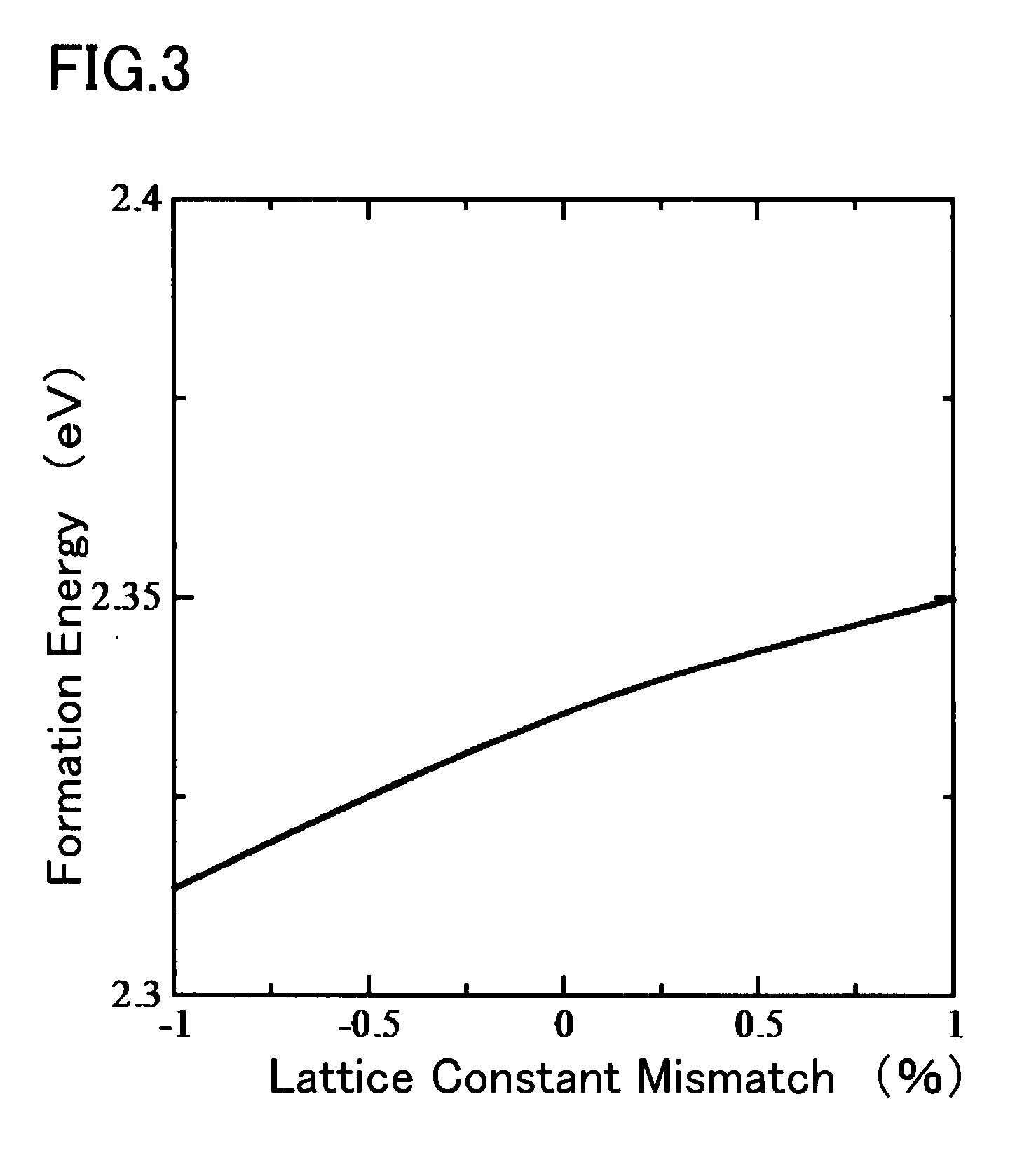Method of making semiconductor device and semiconductor device
a semiconductor device and semiconductor technology, applied in semiconductor devices, semiconductor/solid-state device details, electrical devices, etc., can solve problems such as physical limits, difficulty in achieving higher performance, and in maintaining proper operation
- Summary
- Abstract
- Description
- Claims
- Application Information
AI Technical Summary
Benefits of technology
Problems solved by technology
Method used
Image
Examples
embodiment 1
[0049]A fabrication process of the PMISFET shown in FIG. 1 will be described with reference to FIGS. 4 to 11 below. Firstly as shown in FIG. 4, an n-type silicon (Si) substrate 100 is prepared, which has its top surface corresponding to a (100) crystal plane and which is doped with phosphorus (P) to a concentration of about 1015 atoms / cm3. Then, form in the substrate surface a film of silicon oxide (SiOx) which provides shallow trench isolation (STI) regions 120 for electrical separation of circuit elements. Thereafter, form thereon a gate insulating film 101 to an equivalent oxide thickness (EOT) of about 1 nm. Next, deposit on this film a polycrystalline silicon or “poly-Si” film to a thickness of about 100 to 150 nm, by low-pressure chemical vapor deposition (LPCVD) techniques.
[0050]Then, as shown in FIG. 5, use lithography and etch techniques, such as reactive ion etching (RIE), to pattern the gate insulator film 101 and gate electrode 102 so that the resulting gate length is ab...
embodiment 2
[0069]A semiconductor device fabrication method also embodying the invention is shown in FIGS. 13 to 16. This method is similar in principles to that shown in FIGS. 4-11, with the heavily B-doped active layers of PMISFET being formed by an epitaxial growth technique rather than the ion implantation in a way as will be described below.
[0070]After having performed the process steps shown in FIGS. 4-8, selective epitaxial growth is performed with mixture of a raw material gas of boron (B) to thereby form a couple of heavily B-doped thin diffusion layers 108 of p+-type conductivity on the exposed surfaces of recesses in Si substrate 100 as shown in FIG. 13. The p+-type diffusions 108 are 5×1020 or more in impurity concentration.
[0071]Then, as shown in FIG. 14, after having formed the p+-type thin diffusion layers 108, change the raw gas to permit SixGe1-x layers 106 (where 0≦x108 to fill the recesses in Si substrate 100. At this time the underlying p+-type diffusions 108 are applied a c...
embodiment 3
[0075]A semiconductor device fabrication method in accordance with still another embodiment of the invention is shown in FIGS. 17 to 21. This method is similar to that stated supra with reference to FIGS. 13-16, except that B ion is heavily doped into an entirety of SiGe layer during the epitaxial growth of SiGe layer of PMISFET and that no extension layers are formed.
[0076]After having performed the process steps shown in FIGS. 4-5, deposit by LPCVD a silicon nitride (SiN) film to a thickness of about 8 nm. Then, perform etch-back by RIE techniques, thereby forcing the SiN film to selectively reside on the opposite sidewall faces of poly-Si gate electrode 102 as shown in FIG. 17. Thus the “first” gate sidewall insulator films 104 are formed.
[0077]Next, as shown in FIG. 18, with the poly-Si gate electrode 102 and first sidewall insulators 104 as a mask, selectively etch the exposed surface portions of Si substrate 100 to thereby dig it to a depth of about 30 nm. Thus, recess portion...
PUM
 Login to View More
Login to View More Abstract
Description
Claims
Application Information
 Login to View More
Login to View More - R&D
- Intellectual Property
- Life Sciences
- Materials
- Tech Scout
- Unparalleled Data Quality
- Higher Quality Content
- 60% Fewer Hallucinations
Browse by: Latest US Patents, China's latest patents, Technical Efficacy Thesaurus, Application Domain, Technology Topic, Popular Technical Reports.
© 2025 PatSnap. All rights reserved.Legal|Privacy policy|Modern Slavery Act Transparency Statement|Sitemap|About US| Contact US: help@patsnap.com



